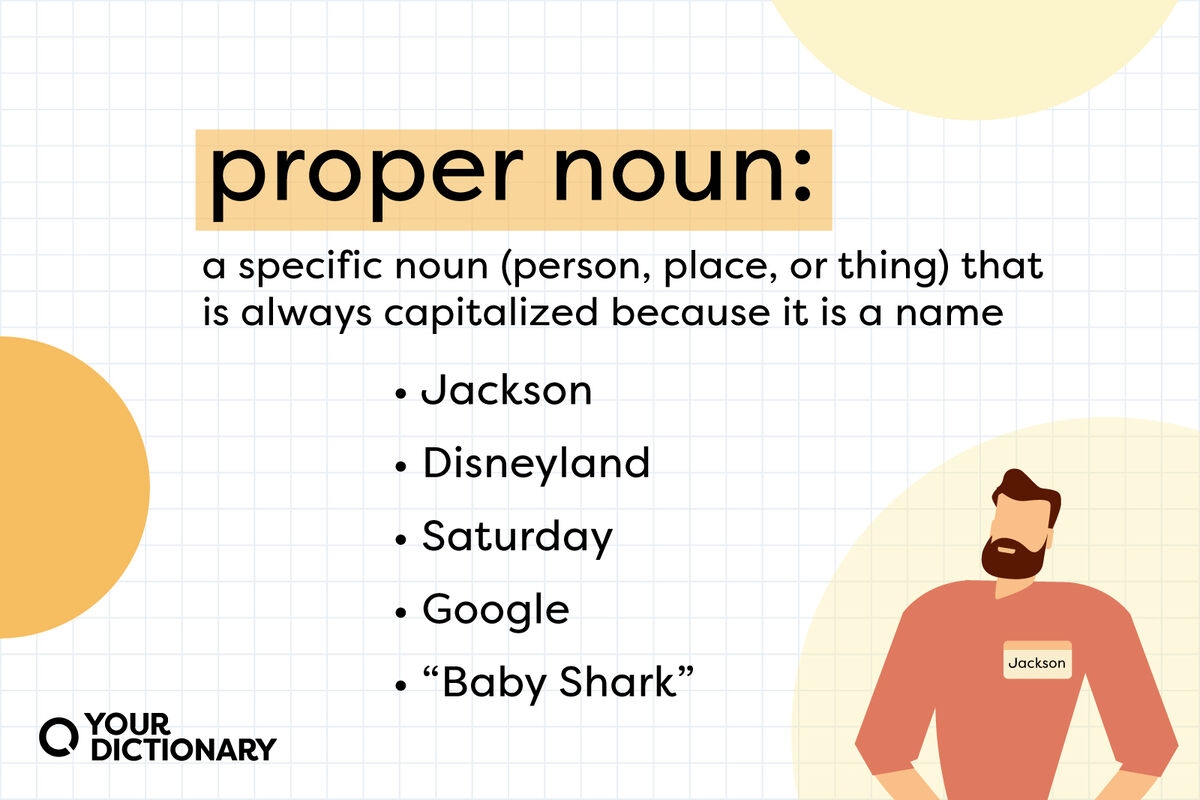Proper nouns and proper names play an important role in the English language. They are used to identify specific people, places, and things. Understanding the difference between common nouns and proper nouns is essential for effective communication. Let’s explore the concept of proper and proper names in more detail.
Proper nouns are used to refer to specific entities, such as names of people, places, or brands. They are always capitalized, regardless of where they appear in a sentence. For example, “John,” “Paris,” and “Nike” are all proper nouns. On the other hand, common nouns are general names for people, places, or things, such as “man,” “city,” or “shoe.”
Proper and Proper Names
Proper names, on the other hand, are specific terms used to identify individual entities within a group. They are also capitalized, but they do not refer to a specific person, place, or thing. For example, “The Beatles,” “Microsoft,” and “Mount Everest” are all proper names. They are unique identifiers that distinguish one entity from others in the same category.
It is important to use proper names correctly in writing to avoid confusion and ensure clarity. When referring to a specific entity, always capitalize the proper noun or proper name. This helps the reader understand exactly what you are talking about and gives proper respect to the entity being mentioned.
Proper and proper names add richness and specificity to the English language. They help us convey precise information and create a more vivid picture in the minds of readers. By using proper nouns and proper names effectively, we can enhance the quality of our writing and communication.
In conclusion, understanding the difference between proper nouns and proper names is essential for effective communication in English. By using these terms correctly and consistently, we can convey our ideas clearly and accurately. Proper and proper names play a crucial role in distinguishing specific entities and adding depth to our language.
